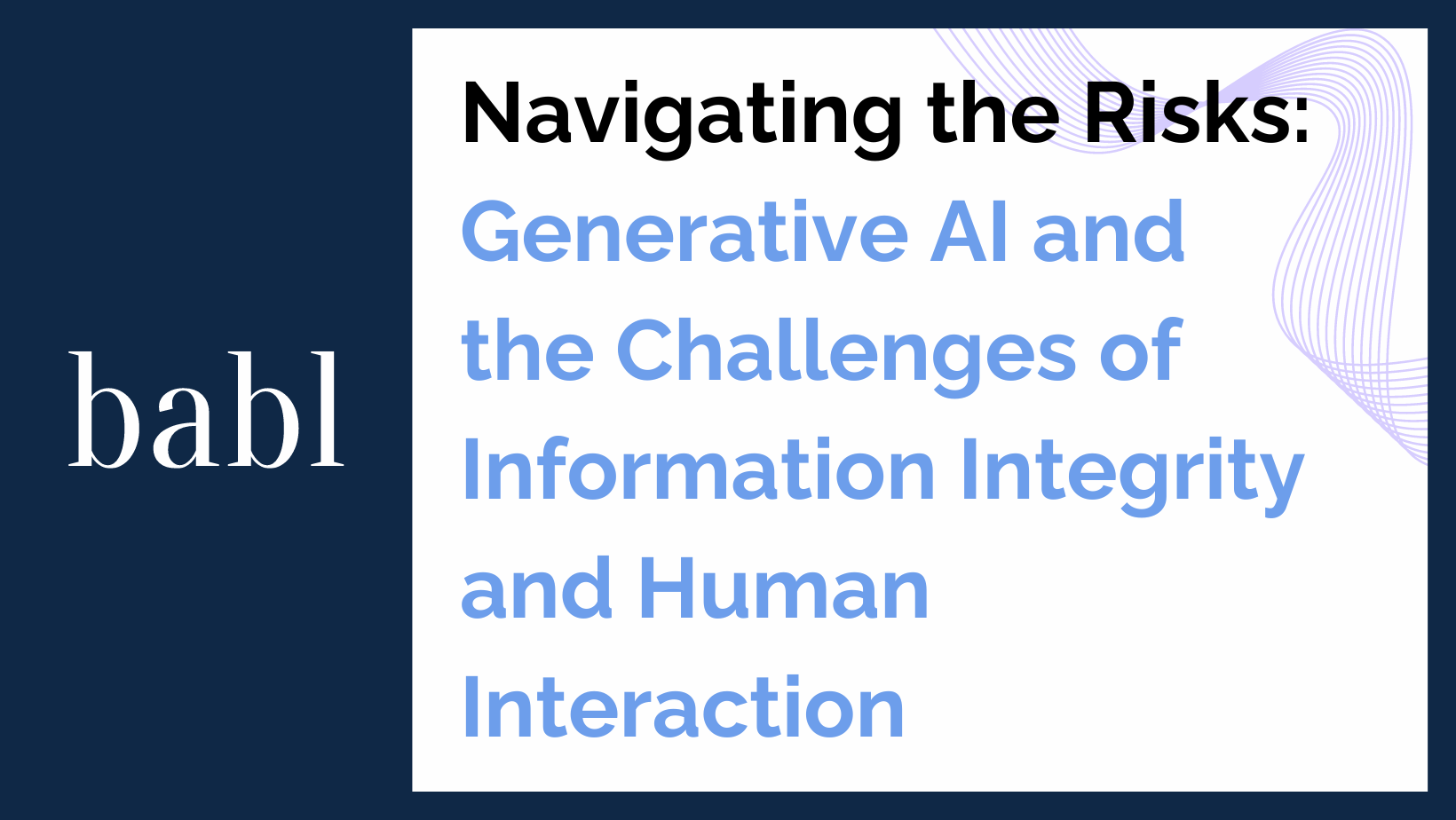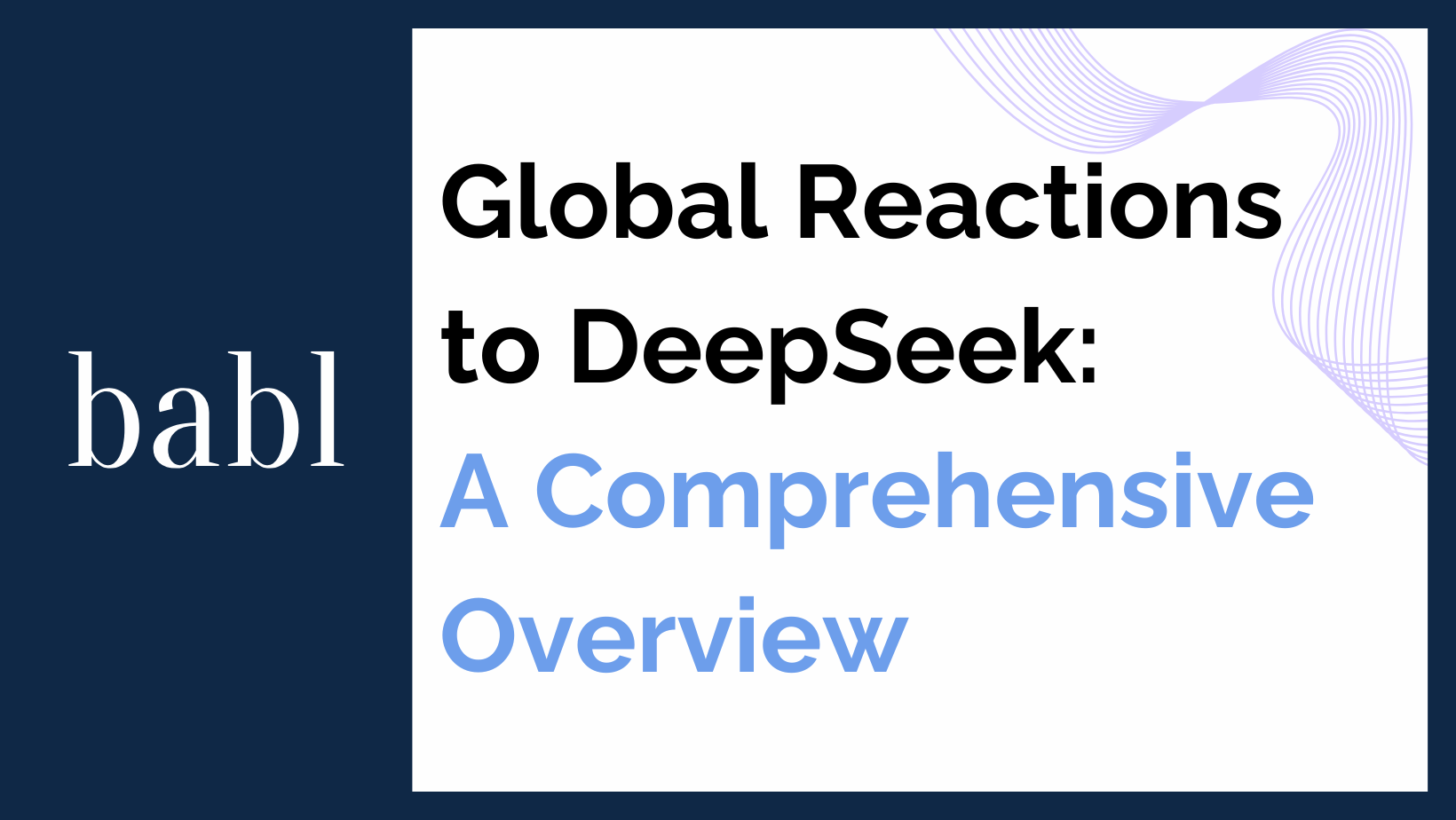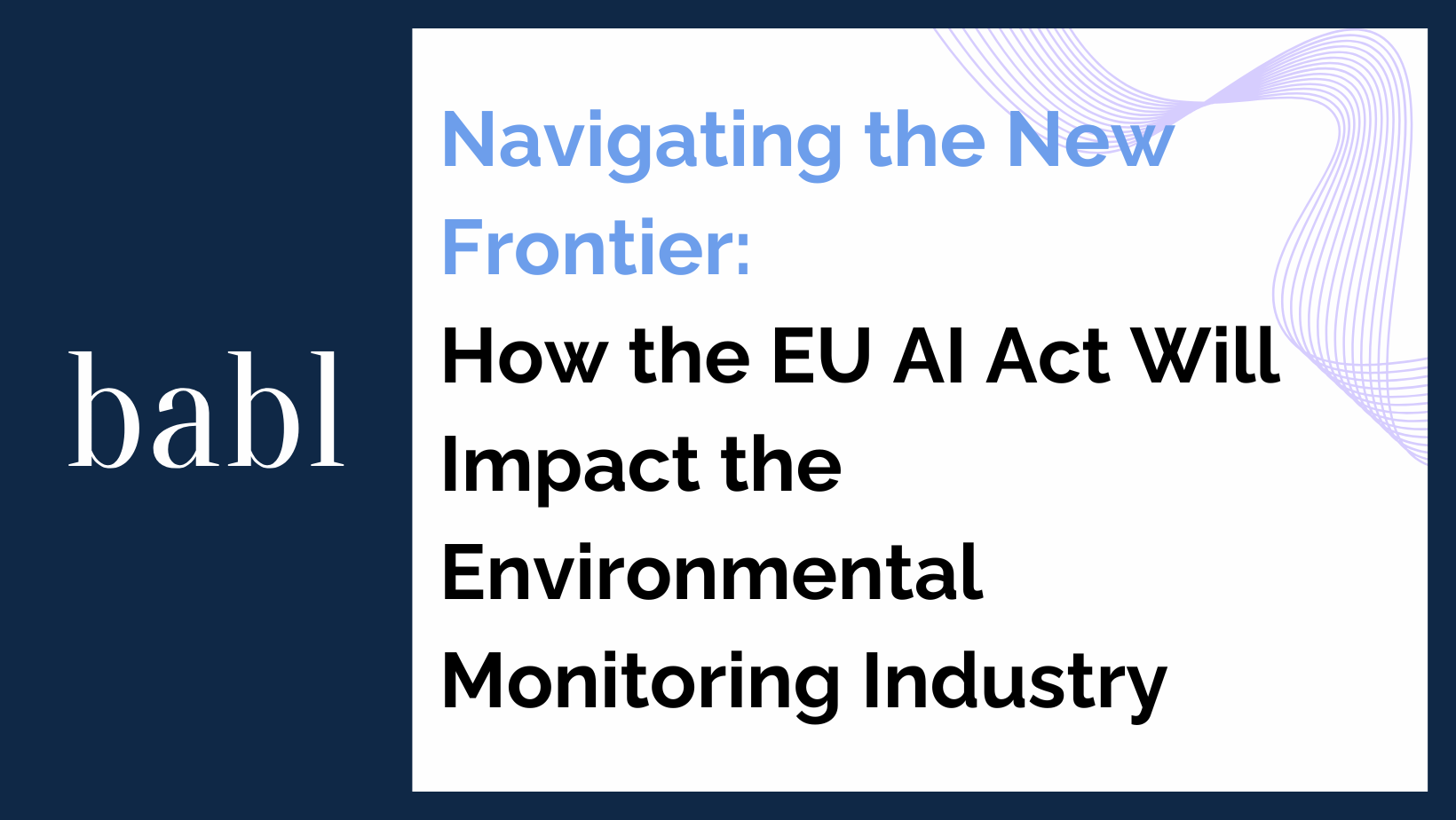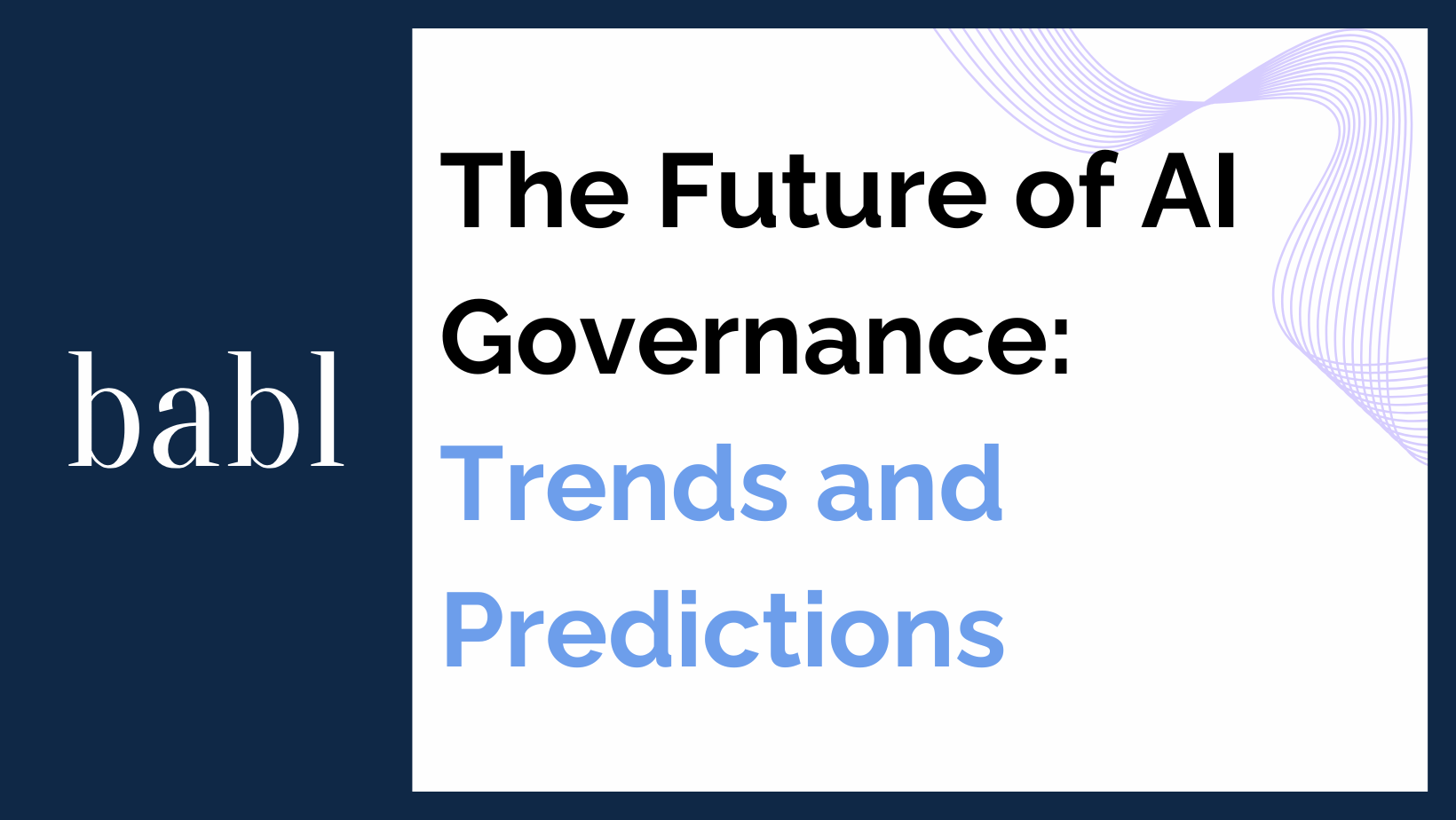Navigating the Risks: Generative AI and the Challenges of Information Integrity and Human Interaction
Generative AI, one of the most dynamic subsets of artificial intelligence, is transforming industries by enabling machines to create new, original content that can often be indistinguishable from that created by humans. While the capabilities of generative AI are impressive and hold immense potential, they also introduce significant risks that need careful management. Two of the most pressing concerns in the realm of generative AI are information integrity and the nuances of human-AI interaction. This post delves into these risks, exploring their implications and the necessity of robust frameworks like those proposed by the National Institute of Standards and Technology (NIST) to mitigate them.
Information Integrity: The Double-Edged Sword of Generative AI
Generative AI’s ability to produce detailed and realistic text, images, and videos from minimal input makes it a powerful tool for content creation. However, this capability also poses a risk to information integrity. Information integrity involves maintaining the accuracy, reliability, and validity of information, which is a significant challenge with AI systems capable of generating convincing yet entirely fabricated content.
One of the primary risks associated with generative AI in terms of information integrity is the potential creation and spread of misinformation. AI-generated texts or deepfakes (hyper-realistic fake videos) can be used to create false narratives that are difficult to distinguish from authentic content. For instance, generative AI could produce realistic but fake news videos that could sway public opinion or manipulate stock markets. The ease and speed with which such content can be created and distributed make it a potent tool for misinformation campaigns, posing threats not only to individual decision-making but also to societal stability and trust in media.
Another significant aspect of information integrity is the potential for AI-generated content to perpetuate existing biases. If the data used to train generative AI models contains biases, the AI will likely reproduce and amplify these biases in its outputs. This can lead to the dissemination of biased information, reinforcing stereotypes and perpetuating discrimination. Ensuring the integrity of information produced by generative AI requires rigorous oversight and continuous monitoring of the data and algorithms used.
Human-AI Interaction: The Complexity of Integration
As AI systems become part of daily life, their influence on decision-making grows. This creates new risks such as automation bias and emotional entanglement. Automation bias occurs when people trust AI too much. Generative AI outputs often look accurate, leading users to skip critical review. In healthcare, this could mean clinicians rely on AI reports without verifying accuracy—raising the chance of misdiagnosis.
Emotional entanglement adds another layer. Generative AI can mimic human expression, from poems to motivational messages. People may treat these systems as human-like, forming attachments that reduce skepticism and increase vulnerability to manipulation. There is also the danger of over-reliance. If users defer to AI over their own judgment, they may lose critical thinking skills. This risk is especially serious in fields like healthcare, law, and finance.
Mitigating Risks through Frameworks and Awareness
The NIST AI Risk Management Framework provides a roadmap to address these risks. It emphasizes governance, mapping, measurement, and management of AI systems. With these tools, organizations can test and validate AI outputs, improving information accuracy and reliability. Awareness is equally important. Training programs can help professionals in AI-heavy fields understand both the strengths and limitations of generative AI. Users who learn to question and evaluate AI outputs are less likely to fall into automation bias or emotional entanglement. Ethical guidelines add further protection. Clear policies on transparency and responsible use ensure AI is deployed in ways that protect users. Organizations should explain when and how AI systems generate content.
Conclusion
Generative AI will continue to expand, but its risks must be managed. By focusing on information integrity and responsible human-AI interaction, society can benefit from innovation without sacrificing trust. Frameworks like NIST’s and strong ethical standards provide the foundation for safer adoption. The future of AI depends on collaboration among policymakers, technologists, and the public. Together, they can ensure these powerful tools serve the greater good.
Need Help?
If you’re concerned or have questions about how to navigate the global AI regulatory landscape, don’t hesitate to reach out to BABL AI. Their Audit Experts can offer valuable insight, and ensure you’re informed and compliant.





